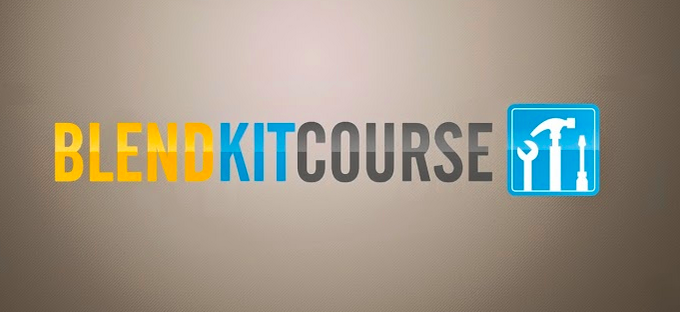This week’s BlendKit topic is everyone’s favorite: assessments. Assessments are the most critical components to any course, whether face-to-face, blended, or online. After weeks or months of planning and prepping, you finally have the chance to see whether students are “getting it.” Are they really understanding the material?
But how do we determine what to assess? And how can we make the grading of assessments a manageable task instead of a herculean effort? These are some of the questions posed by this week’s readings. Here are three key take-aways.
1. Assess using real-world scenarios
I took a calculus course in college because it was a requirement for my Computer Science degree. The entire time I was in the class I wondered when I would ever need to know how to calculate the limit or derivative of a function outside of that class. Think about your content the same way, and try to generalize as much as possible, so that each student walks away from your class with something to think about, some piece of “sticky” knowledge they will be able to use in the future. Otherwise, if students cannot see how your course applies to them now or in the future, you risk completely turning them off in class; they will become disengaged.
BlendKit summarized this idea best:
If the lesson doesn’t apply to something tangible or if it can’t be used in real life, you can expect [the students] to ask, “When are we ever going to use this stuff?” Make sure that your objectives are made clear to the students. The learning standards must be addressed, yes, but also find a real life application to better your students’ understanding of the materials covered.
2. Use student-generated content
Having students create course content is not a novel idea. Students have created Jeopardy-type questions for years. This works because it forces students to summarize the content, and filter out only the most important ideas. The BlendKit article provides the following recommendation:
Ask students to create three to five test questions each. Tell them that you will use a certain number of those questions on the actual test. By doing this, you get the benefit of seeing the course content that the students think is important compared to the content that you think they should focus on. You can make revisions to your presentations to address areas that students did not cover in their questions. If there are enough good student questions you can also use some for test review exercises.
I could not have said this better myself. Having students generate content for you means that they are more invested in the work. If you set up a wiki site for students to pool their collective knowledge, it makes them more invested in their own learning and adds some peer pressure, as they do not want to look stupid among their peers. It also means you can easily determine where the gaps are in students’ learning, and you can then use those questions for in-class review before an exam.
3. Create multiple-choice questions that matter
In most courses, the multiple-choice question reins supreme. With many textbook publishers providing test banks of questions, in combination with student-provided questions, there’s no shortage of content questions. And they are easy to grade, too, whether via a Scantron or electronically through a learning management system. In go the tests, and out come the grades.
But what do those grades tell us? In many cases, that a student can memorize content. Or, in the language of Quality Matters, students can identify and recall the material, which is pretty low on Bloom’s Taxonomy. You can have students do so much more than just regurgitate back all of the material by writing better questions. For instance:
…requir[ing] students to view a chart/graph and select[ing] the most accurate interpretation from among several alternatives or even collaborat[ing] with classmates in selecting the best justification statement for why a given answer is correct prior to individually submitting their quizzes. (emphasis mine)
Multiple-choice questions, in other words, can require students to make judgments by weighing the pros and cons of each choice. This requires that they think not only about what answer is correct, but also why it’s correct.
What do you think about these take-aways? If you’re following along, what did you think of this week’s readings? Let me know in the comments!

I reckon that many tests are designed only for testing the students. But it should be also a part of the learning process, not only the assessment (even in formal). Many times questions are selected in order to test the subject learnt. But the more relevant questions for the students are too often not present in the test. And too often, the student finds some questions irrelevant, useless… Questioning must be a way to signal the student which are the important concepts to learn. Also if a student is more visual, or auditive… and the content is not adapted, just reading words… are we testing the student and helping them through this assessment invested time, to learn even more, even when doing the examination? Is he or she going to remember or to be pleased and eager to review the material that is not remembered, because he want to know it, and not only to be sure he chose the right answer? Are we selecting the vocabulary and sentence building in a way every student learn (visual, etc…)?